By Janet Krayden
Editor’s note: Janet Krayden is CEO, Crystal Clear Communications. She can be contacted at ‘janet@mushrooms.ca.’
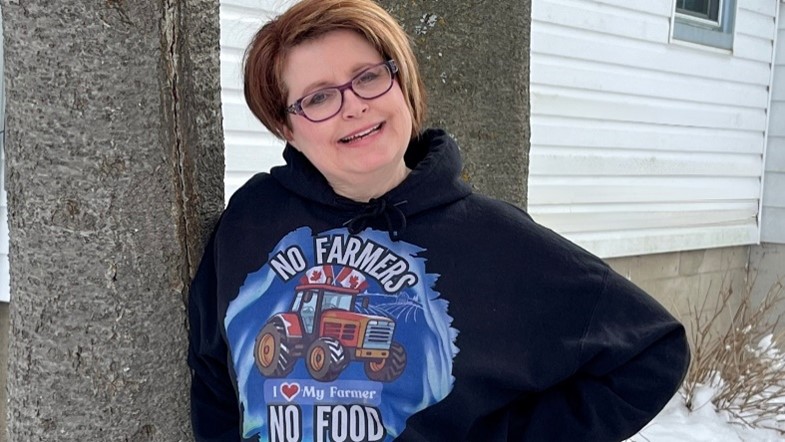
Canadian agriculture and agri-food consistently punch above their weight. Agriculture and agri-food contribute $111 billion per year – more than $30 million per day – to the Canadian economy, or over six per cent of our GDP. However, there are still more than 16,000 job vacancies on Canadian farms, and this labour crisis is resulting in avoidable financial strain.
With that considered, you would think that smoothing out the regulatory red tape – especially on access to labour for farmers – should be highest priority for federal and provincial governments when the shortage is both critical and chronic, proven with many years of data and evidence. When COVID-19 challenged supply chains, action was taken to secure our food supply, but this level of urgency and priority for the sector appears to have come to an end.
Producers and workers need new solutions
Agriculture is theoretically prioritized in the immigration regulations, but it continues to be squeezed by on all sides. Agriculture and agri-food businesses, and their workers, are getting caught in immigration dragnet of restrictive changes that will reduce Canadian production and processing capacity now and in the future, if not reversed.
Across the country, for years, agriculture agri-food businesses have been vocal about the reality of their workforces: when Canadians do not apply for jobs, programs are needed to support permanent residency for workers, not just the Temporary Foreign Worker Program (TFWP). Even getting permits approved under the TFWP Agriculture Stream is an increasing struggle.
The federal Agri-Food Immigration Pilot program was launched in 2020 in response to COVID-19 supply chain challenges in the sector. To the detriment and dismay of the sector, it closed to new applications in May 2025 after reaching the 1,010-maximum permanent resident threshold as defined by the federal government’s 2025–2027 Immigration Levels Plan. To that point, the program supported more than 4,500 workers and their family members, which included the extension of open work permits to spouses of Agriculture Stream workers.

Some of the changes for other immigration programs are really needed. Nearly four million international students were allowed to come into Canada between 2020 and 2024. Over the same time, the International Mobility Program had 2.5 million entrants. Unlike the TFWP, the International Mobility Program does not require Labour Market Impact Assessments (LMIAs), making it easier for employers. Not to mention, LMIA housing guidelines for the TFWP Agriculture Stream currently require employers to retain empty housing when workers choose to live on their own off-farm, which is wasteful and costly.
The TFWP had a target of bring in 82,000 workers in 2025, but this has been cut down to 60,000 total, with the Agriculture Stream likely included in that amount with all other sectors, along with construction and meat processing. This is very concerning, because the Agriculture Stream has about 40,000 workers coming in every year and it continues to grow at a slow and gradual rate, due to attrition of retiring farmers and farm workers. Will more permits be refused under the Agriculture Steam, even for those already working on Canadian farms?
Additional hiccups under the Agriculture Stream include the downgrading of the livestock specialist or technician category from higher-skilled to lower-skilled. This cuts off immigration access through the Provincial Nominee Program and Express Entry programs that generally only prioritize or accept the occupations classified as higher-skilled. This also affects the General Farm Worker wage within the federal Job Bank, which could increase by $4 per hour or more in some provinces, complicating an already difficult situation.
Industry advocacy remains important

Farmers and their organizations need to continue speaking up for their access to labour with new permanent solutions. Even under the TFWP, caps under the Agriculture Stream need to be kept separate from the Seasonal Agriculture Worker Program.
If action isn’t taken, this will only worsen, and our sector will continue to be squeezed out of these programs. The result will be a drastic reduction in production, with workers being sent home or not able to fill existing and new job vacancies. As a consequence, Canada may become more like the U.S., with an underground farm workforce, something no-one – including Ottawa – should want to see.
If agriculture and agri-food can come together on labour, there is still time to turn this ship around to prioritize our sector again through effective programs that support us when Canadians alone cannot fill the needed roles.



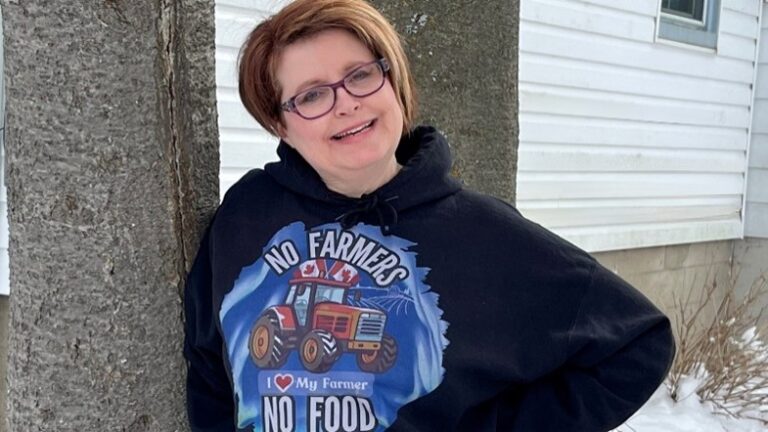
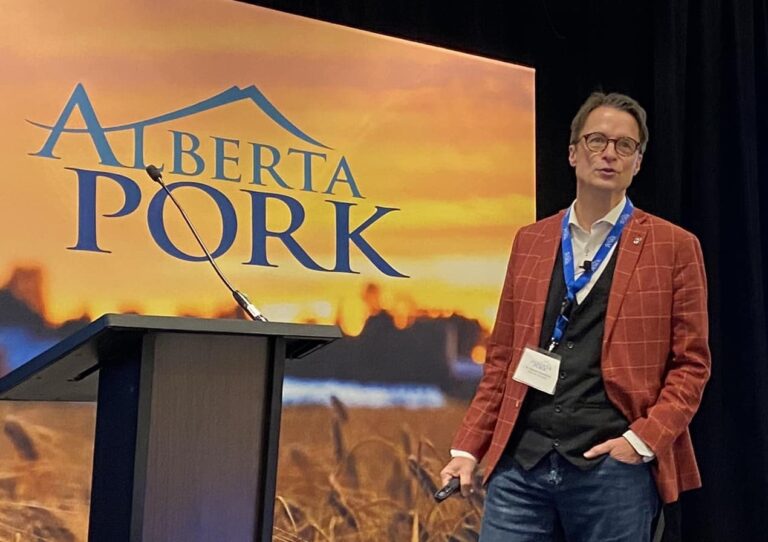


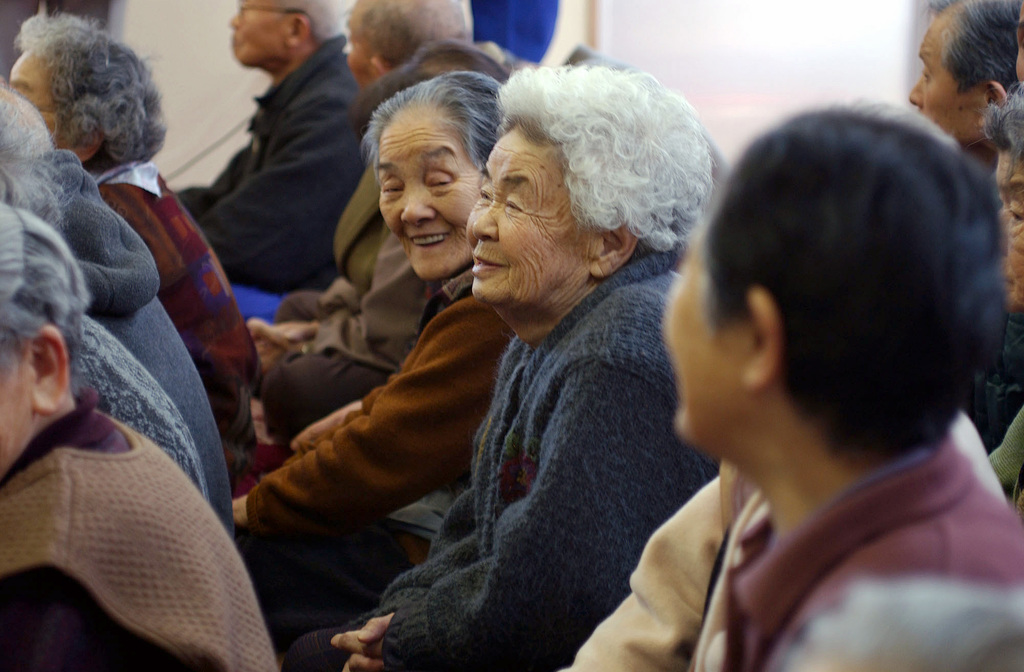

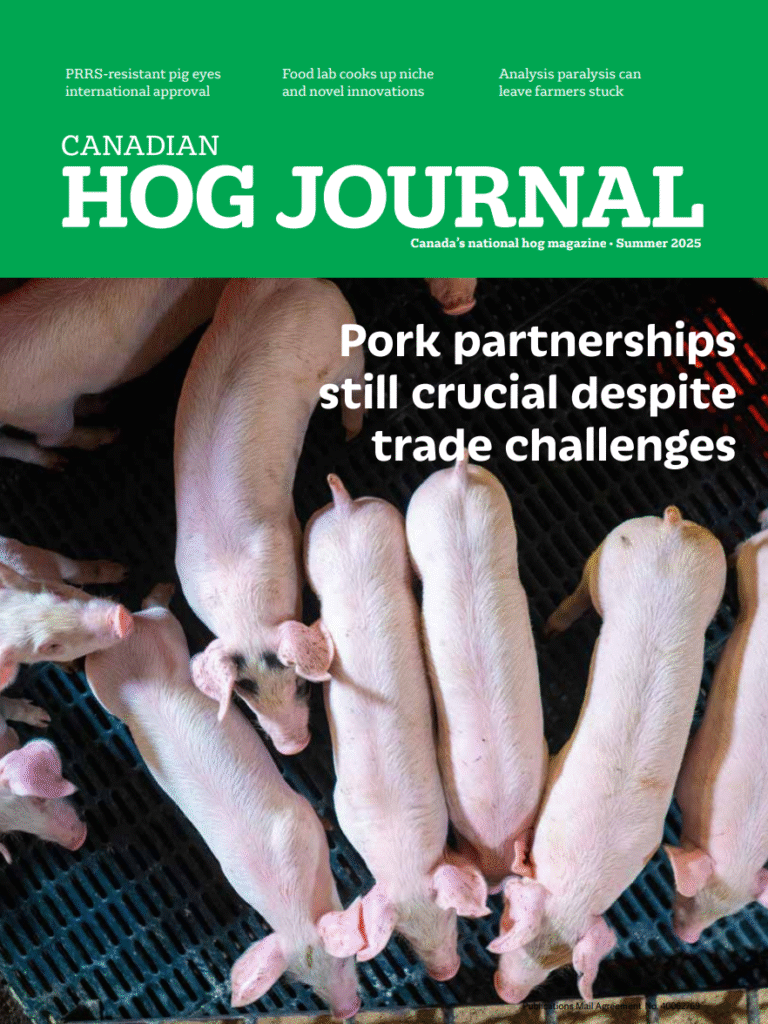
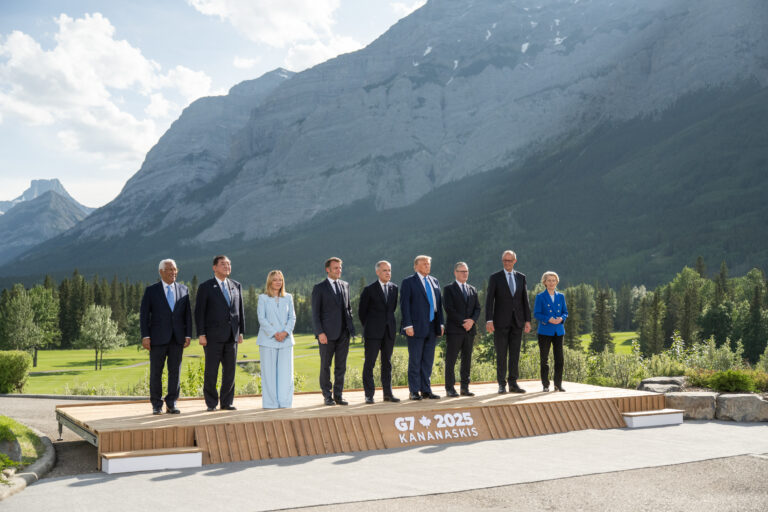
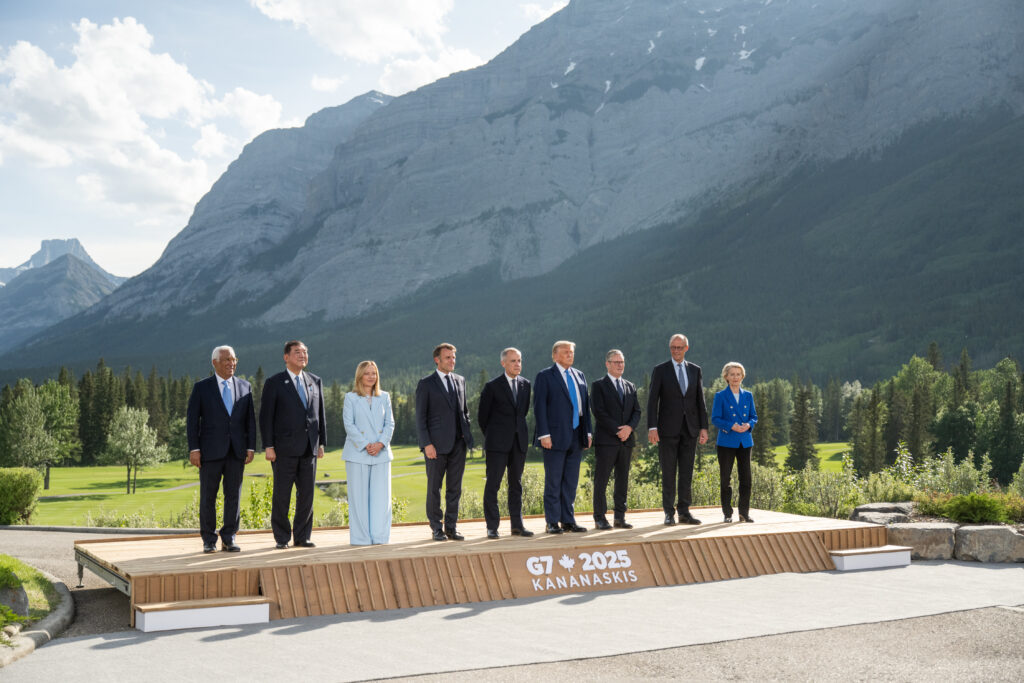


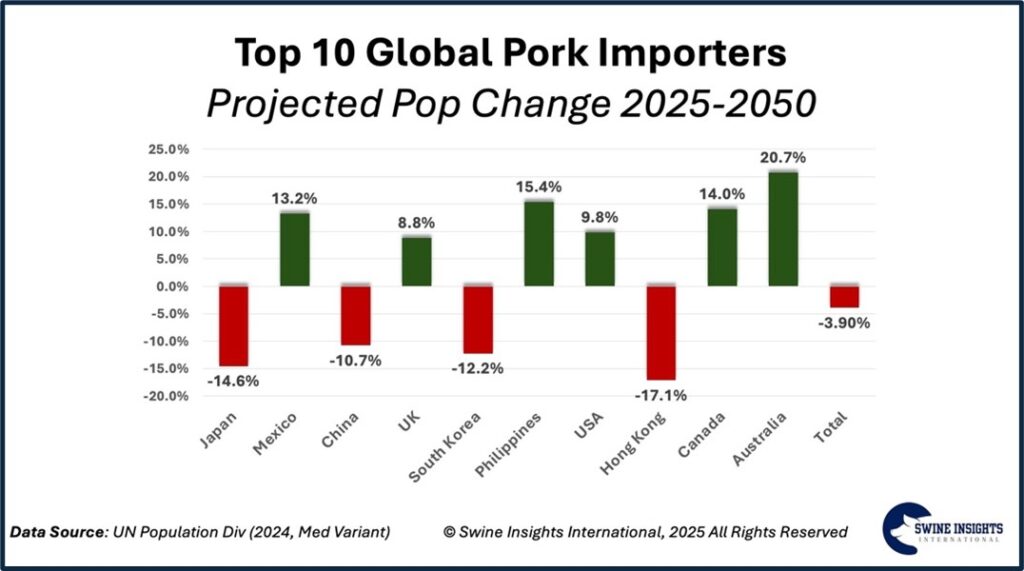


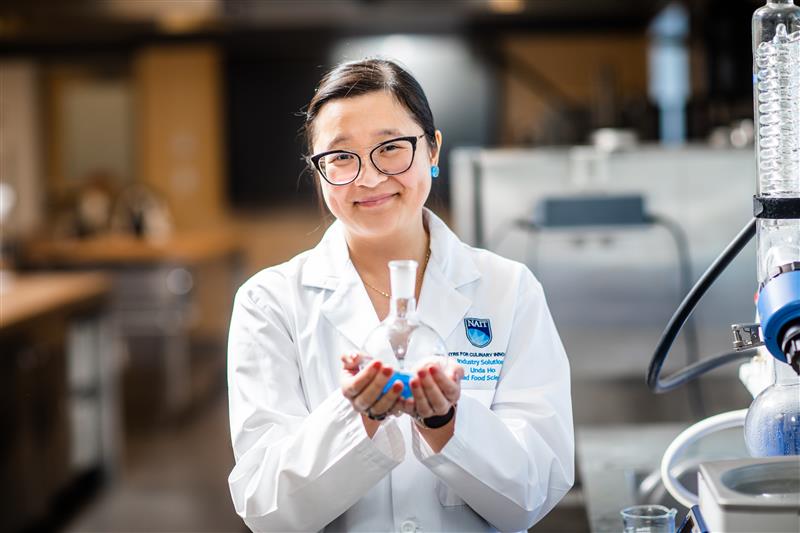
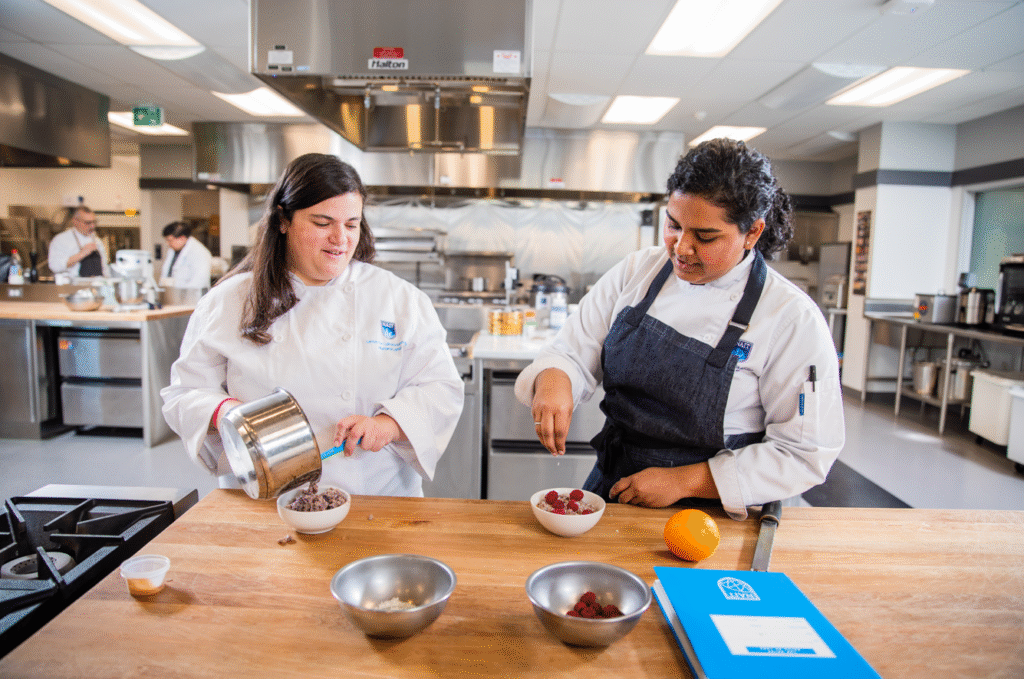




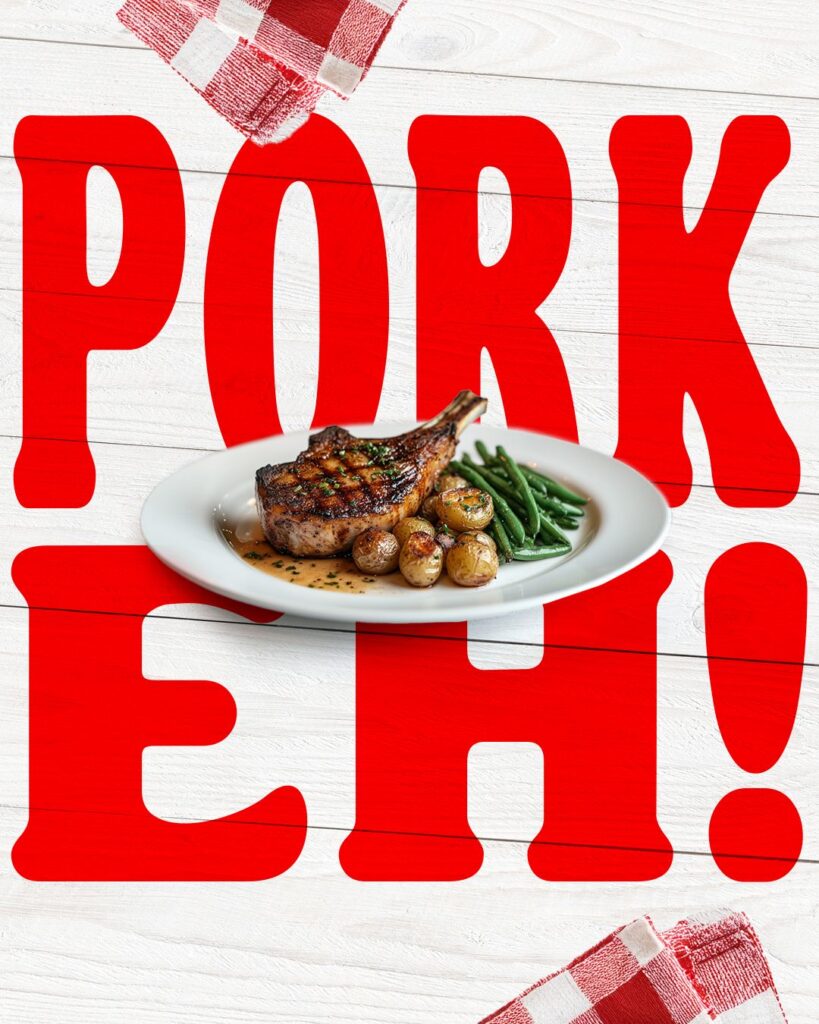
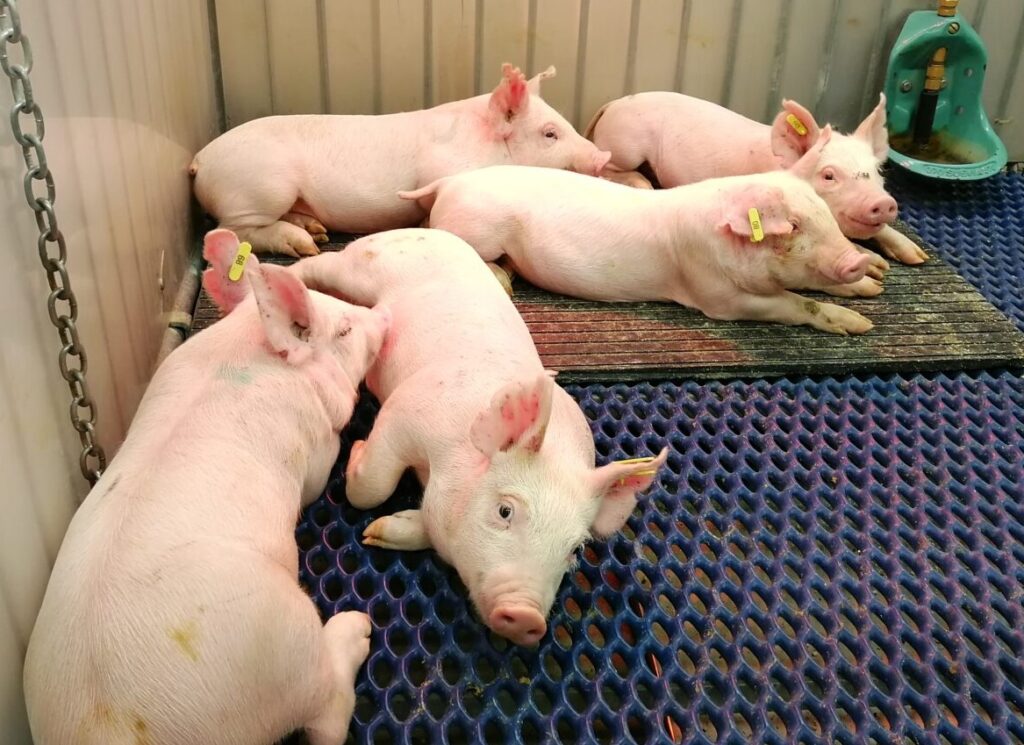







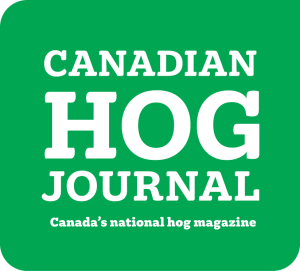
Fall 2025 edition is here!
The Fall 2025 edition of the Canadian Hog Journal is here!
Find these articles and more:
For all editorial and advertising inquiries, email ‘andrewtheck@gmail.com.’
For any new, updated or cancelled subscriptions, email ‘rawya.selby@albertapork.com’ or phone ‘780-474-8288.’